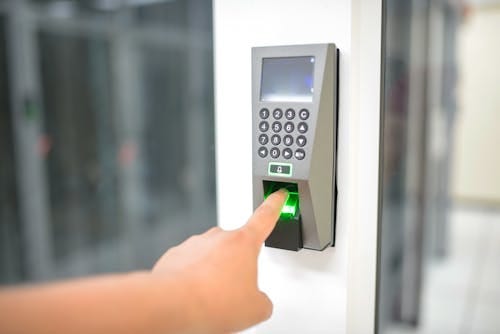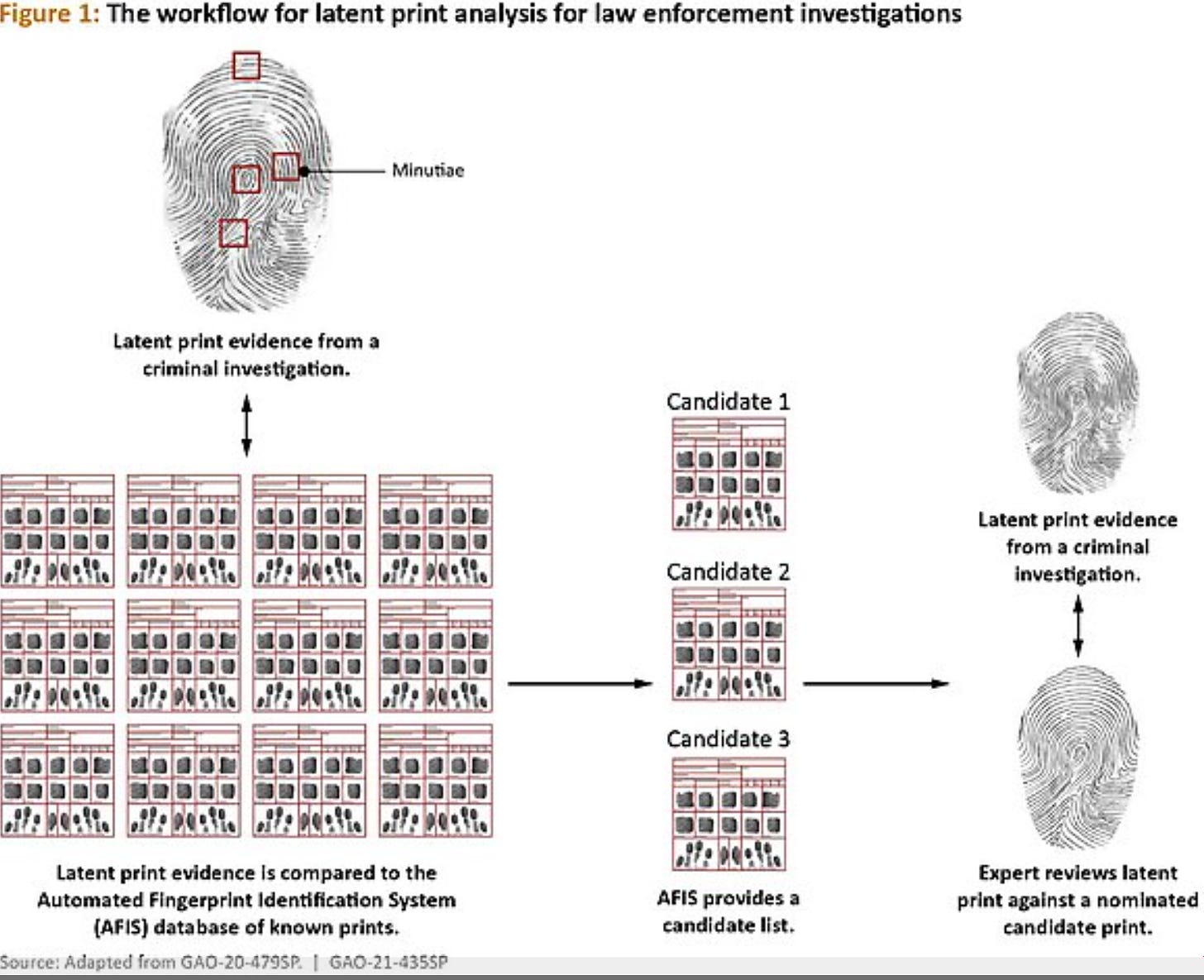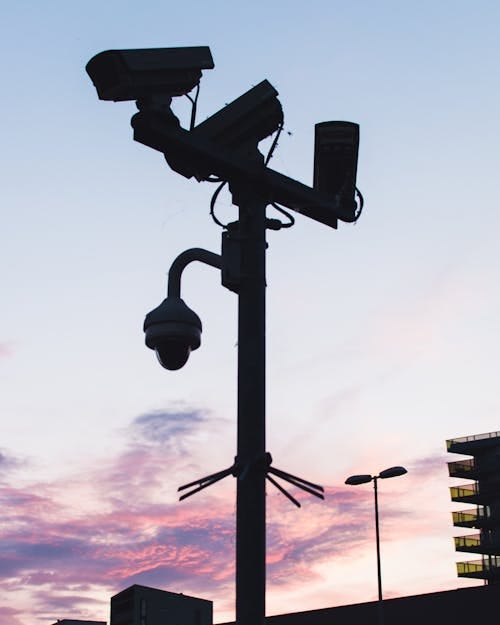What The Tech?! Biometric Security
When you’re thinking of biometric systems, it’s easy to get caught up in modern technology. When we look at a smartphone, we often have fingerprint detection and facial recognition capabilities, making it easier to both secure and unlock our devices.
Subscribe now
However, the concept of biometrics goes back decades. It started with fingerprints and with technology progressing, it eventually would move to optical recognition and other advanced techniques. In today’s What the Tech?!, we’ll be taking a quick walk through the history books to explore the history of biometric systems. Let’s get started!
The Beginnings
Like many advances in security, biometrics offered a potential revolution in the way we secured systems and carried out access control. And while it’s true to say that many biometric markers are unique, like any security system you’ll still typically find some inherent flaws in the way these systems are administered and managed.
Despite this, research around biometric security has had a profound impact on many disciplines, and one of the earliest ones came from the impact of understanding the relevance of fingerprinting in modern forensics.
First referenced in the late 1800s fingerprinting was the first of many new advanced forensic methods that would revolutionise the way that Investigators would look at crime scenes. In the electronic world, it would also become the first type of biometric system to be implemented, making its debut in both the corporate and private worlds. 
Biometrics would end up fascinating the world at large, and we’d regularly see biometrics appearing in media and literature. In fact, in 1903, the crime detective Sherlock Homes appeared in a short story where the perpetrator of the crime was caught as a result of a bloody thumbprint left at the scene.
We’d also see much more of this in later years where TV shows like Crime Scene Investigation (CSI) would capture the public's attention during forensic analysis scenes. While much of this attention would focus on strategies that weren’t always applicable in the real world, the show itself was able to bring a new focus onto forensic science, inspiring a new generation of budding sleuths.
Hitting the Mainstream
In the post-war era as technology continued to evolve, the miniaturisation of electronics would lead to a proliferation in the way we looked at biometric systems. In the early 2000s it was pretty common to unlock your laptop using a fingerprint sensor, while these days, we’ve moved on to things like facial recognition and the like to help us streamline access control to devices like telephones and tablets.
However, the development of IOT devices meant that it wouldn’t take long for these types of systems to expand further into the mainstream. We can see this in things like smart cities, that use facial recognition and gait detection for security purposes and we’d also see more of it used in advertising and marketing, helping to deliver personally curated ads to consumers.
One of the problems with systems such as these though, is the inherent amount of data that is collected and processed through the usage of these types of systems. This has sparked conversations in many countries around the control of this data and the rights of the average individual to privacy. While this remains an ongoing discussion, in the meantime, cameras have proliferated in nearly every major city across the world.

It’s not just limited to one country or demographic either. In China for instance, cameras, biometric markers and artificial intelligence are used to apply the country's laws, while in the UK, the last analysis suggested that there were around 76 security cameras for every 1000 members of the population. With the evolution of machine learning, it’s reasonable to expect that the trend won’t be shifting any time soon.
Who Cares About Privacy
While biometrics provide plenty of convenience when you’re using your iPhone, the fact is that biometric data is one particularly sensitive piece of data due to the fact it’s both unique to you and extremely hard to change.
So, the usage of biometric data in most situations can often spark intense discussions by privacy advocates who question the ability of large companies to process and store this data securely. Despite this, we’re still continuing to see many people take advantage of biometrics for both security and convenience purposes.
In fact, the blockchain-based project Worldcoin was for a time paying people to have a biometric scan of their retina stored on the blockchain. Offering instant convenience in terms of online verification and authentication, the Worldcoin ORB scanned the eyes of millions of users the world over and repaid them in their WLD token. 
While the concept remains yet to be proven, Worldcoin is still trading and still scanning retinas, even today. How much would you want to be paid to have your retina scanned and added to the blockchain? Users were paid around 25 WLD which is worth around 100 USD at the time of writing. The long-term value of these tokens is still subject to increased speculation and controversy.
Into the Future
Despite intensive past research into biometrics, in the future with the evolution of AI, we can expect more advanced solutions to be available. Military systems use biometric-equipped cameras to track the movements of enemy civilians and military units, and even during the COVID pandemic, we saw biometric-equipped cameras carrying out mass fever screening. Using facial recognition and detection software paired with thermal imagers, software packages and fixed hardware were able to screen large groups of crowds, identifying potentially infected people both quickly and effectively.
It’s not all military usage and medical stuff either. In fact, biometrics paired with artificial intelligence is shaping up to be a significant player in both political and social circles the world over. Advanced AI algorithms paired with biometric matching for markers like voice and appearance provide a very real threat to the presence of truth in the world.
These systems can be used to construct incredibly realistic “deepfakes” that can be used to ignite controversy or strain trust in traditional systems. While the technology is still reasonably new, it’s no huge stretch to expect that the proliferation of this type of propaganda will become much more prevalent in the future.
In the technical era of computers and AI it's now fair to say, that sometimes, anything is possible.
Subscribe now
Medium has recently made some algorithm changes to improve the discoverability of articles like this one. These changes are designed to ensure that high-quality content reaches a wider audience, and your engagement plays a crucial role in making that happen.
If you found this article insightful, informative, or entertaining, we kindly encourage you to show your support. Clapping for this article not only lets the author know that their work is appreciated but also helps boost its visibility to others who might benefit from it.
🌟 Enjoyed this article? Support our work and join the community! 🌟
💙 Support me on Ko-fi: Investigator515
📢 Join our OSINT Telegram channel for exclusive updates or
📢 Follow our crypto Telegram for the latest giveaways
🐦 Follow us on Twitter and
🟦 We’re now on Bluesky!
🔗 Articles we think you’ll like:
- What The Tech?! Rocket Engines
- OSINT Investigators Guide to Self Care & Resilience
✉️ Want more content like this? Sign up for email updates


































